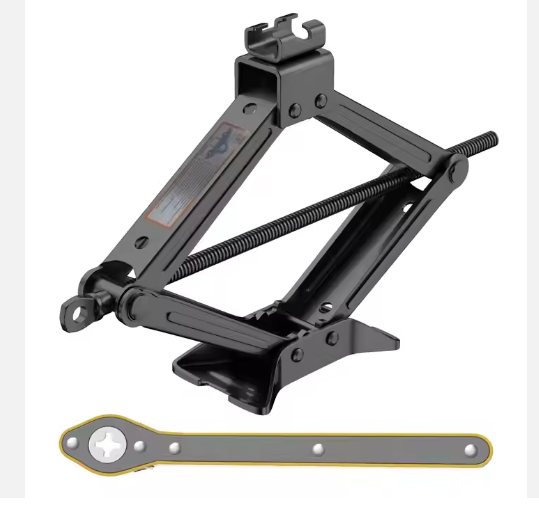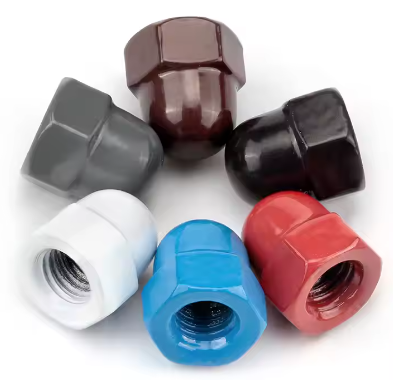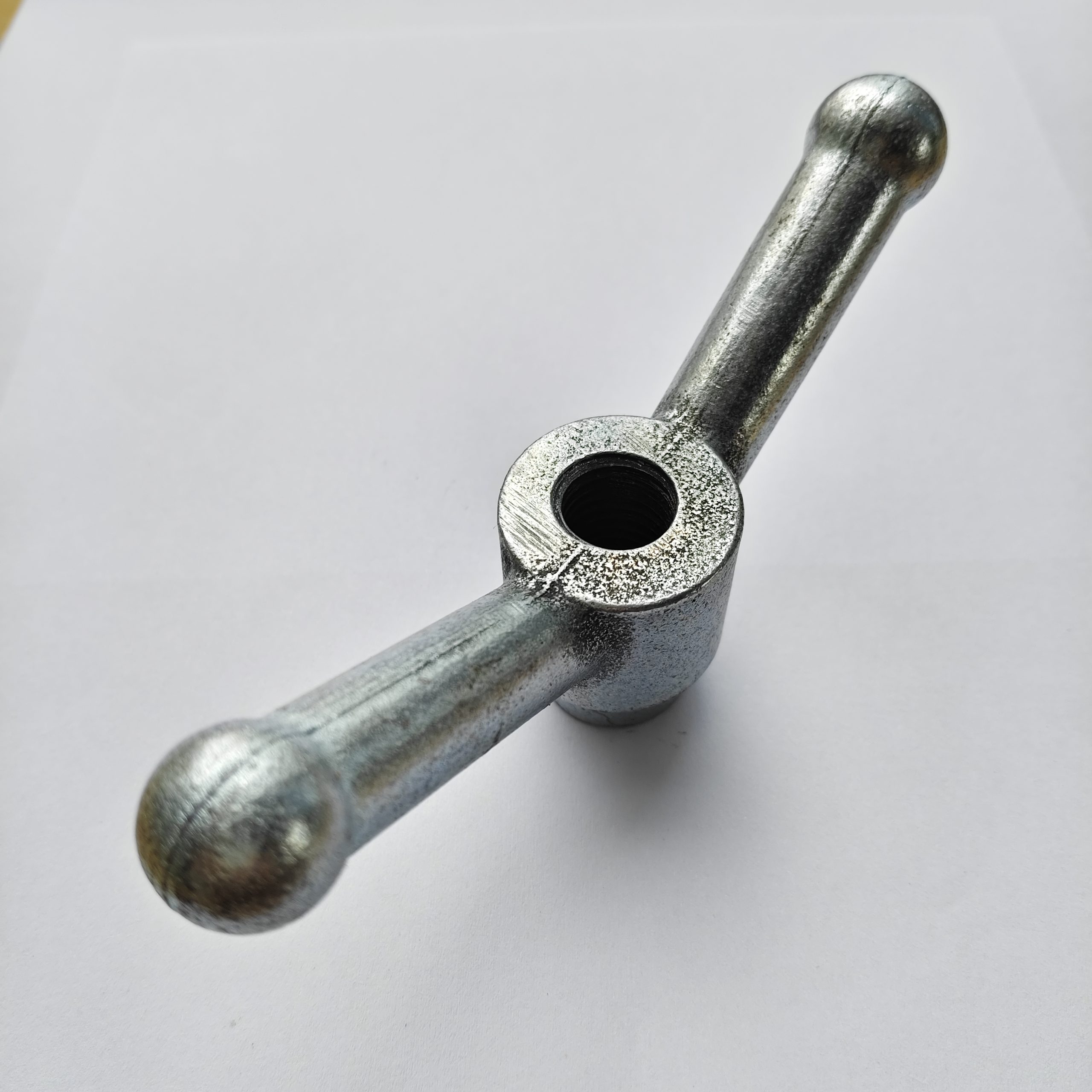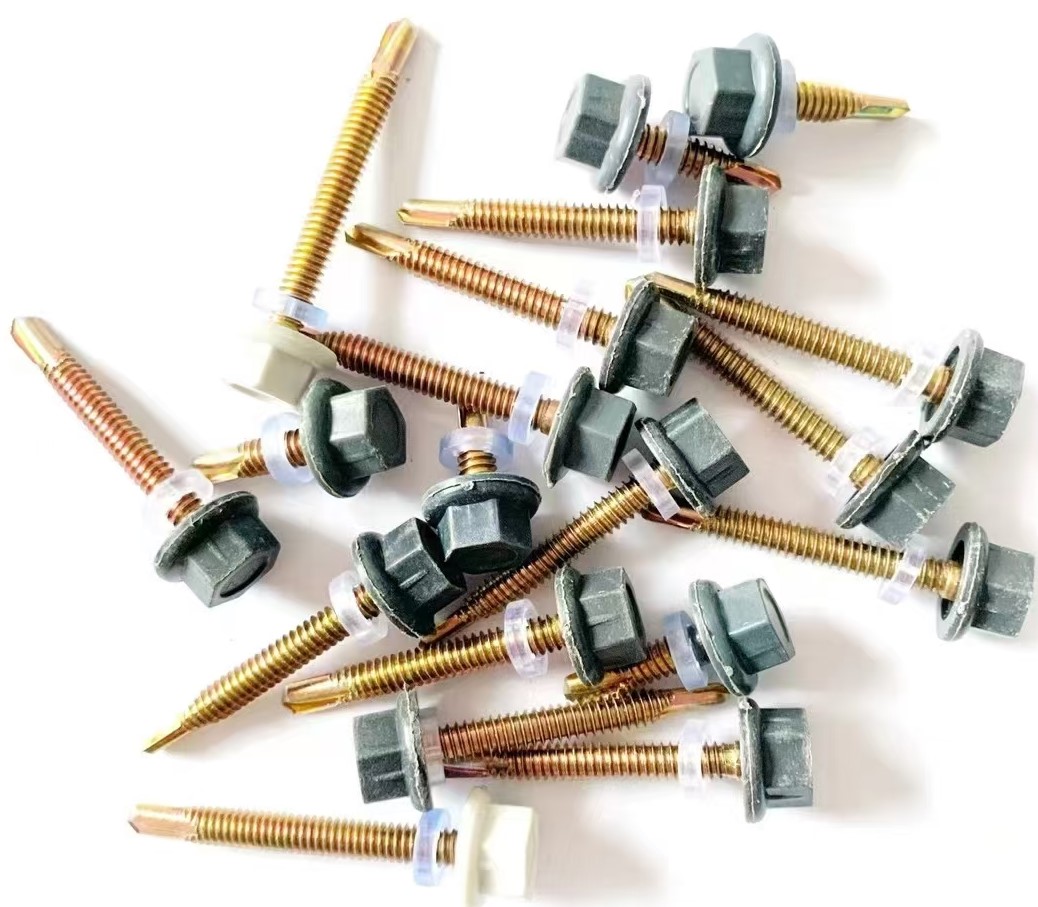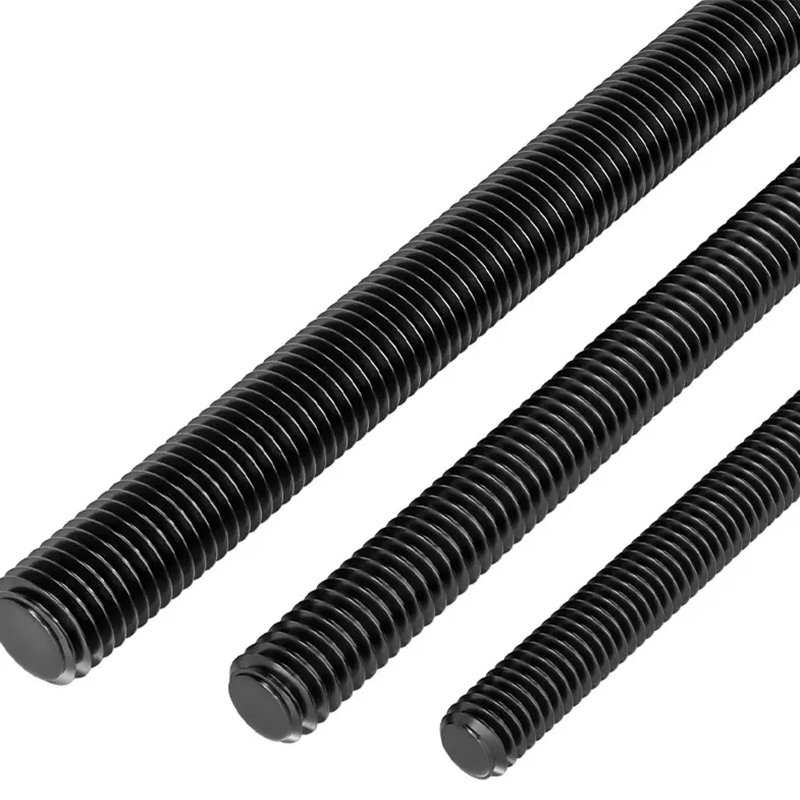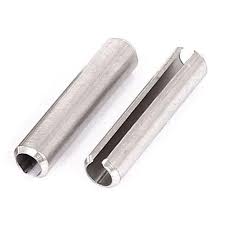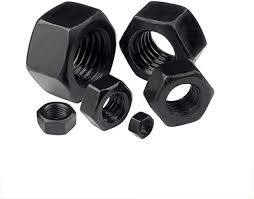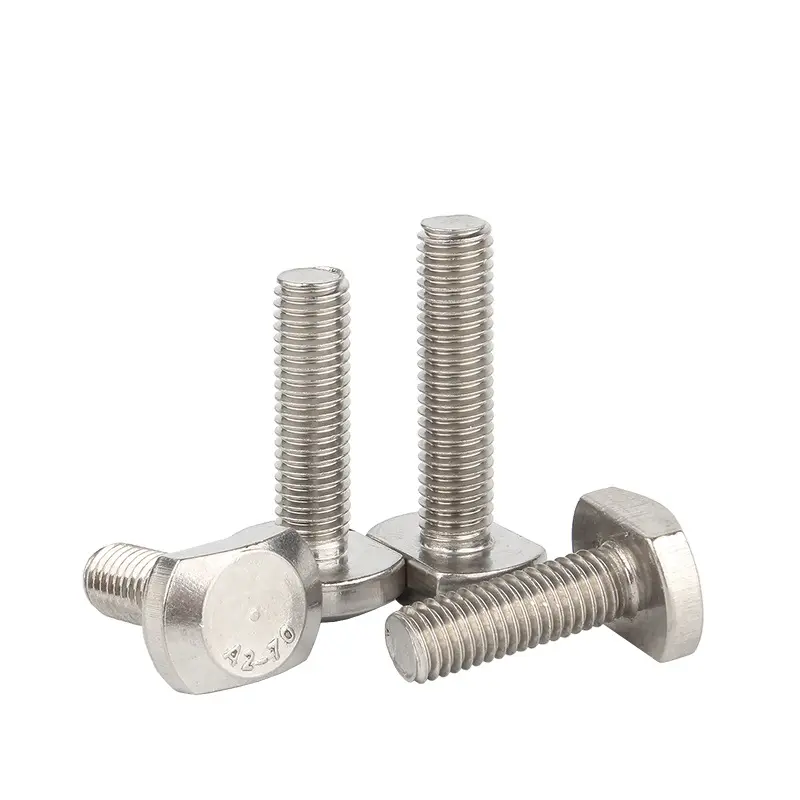

Find the best quality and most competitive pricing on stainless steel anchor bolts. This guide explores everything you need to know about sourcing, exporting, and the various types of stainless steel anchor bolts available. Learn about material grades, applications, and best practices for international trade.
Stainless steel anchor bolts are crucial components in construction and various industries. Their strength and corrosion resistance make them ideal for a range of applications. Several grades of stainless steel are used in manufacturing stainless steel anchor bolts, each offering unique properties. Common grades include 304, 316, and 316L, differing in their chromium and molybdenum content, impacting their corrosion resistance in various environments. Grade 316, for example, boasts superior resistance to chloride corrosion, making it suitable for coastal or marine applications. Choosing the correct grade is vital for the longevity and performance of your project. For detailed specifications on each grade, refer to the relevant material standards (e.g., ASTM).
Stainless steel anchor bolts come in various types, including headed, threaded, and expansion anchors. Headed bolts are commonly used in concrete applications, offering a secure anchoring point. Threaded bolts provide flexibility in adjusting the final position and are suitable for various substrates. Expansion anchors are designed to expand within the anchor hole, providing a strong hold, even in softer materials. The specific application dictates the appropriate type of stainless steel anchor bolt to use. Construction, infrastructure projects, and industrial machinery all utilize these versatile fasteners.
Selecting a trustworthy supplier is paramount when exporting stainless steel anchor bolts. Consider factors such as production capacity, quality control measures, certifications (e.g., ISO 9001), and adherence to international standards. Hebei Dewell Metal Products Co., LTD (https://www.deweLLfastener.com/) is a reputable manufacturer and exporter offering high-quality stainless steel anchor bolts and a commitment to customer satisfaction. Their extensive experience in international trade ensures smooth and efficient transactions.
Navigating international trade regulations is crucial for a successful export business. Understanding export licensing requirements, customs procedures, and relevant international standards (like those from ISO) will streamline the process and prevent delays. Thoroughly research the specific regulations governing the import and export of stainless steel anchor bolts to your target market.
Competitive pricing is key to success in the global market. Conduct thorough market research to understand current prices and demand for stainless steel anchor bolts in your target regions. Analyze the pricing strategies of your competitors to develop a competitive yet profitable pricing model. Consider factors like material costs, manufacturing expenses, and shipping fees when calculating your export prices.
Implementing stringent quality control measures throughout the production and export process is vital. This includes regular testing and inspection of raw materials, in-process checks, and final product inspections to ensure all stainless steel anchor bolts meet the required standards. Using certified testing labs can provide independent verification of the quality and performance of your products.
Proper packaging is essential to protect stainless steel anchor bolts during transit and prevent damage. Use robust packaging materials that provide sufficient cushioning and protection against moisture, impacts, and other external factors. Clear and accurate labeling is also crucial to facilitate smooth customs clearance.
| Stainless Steel Grade | Corrosion Resistance | Typical Applications |
|---|---|---|
| 304 | Good | General purpose |
| 316 | Excellent (especially chloride resistance) | Marine, coastal environments |
| 316L | Excellent (low carbon content for improved weldability) | High-stress applications, demanding environments |
Note: This information is for general guidance only. Always consult relevant material standards and industry best practices for specific applications.

